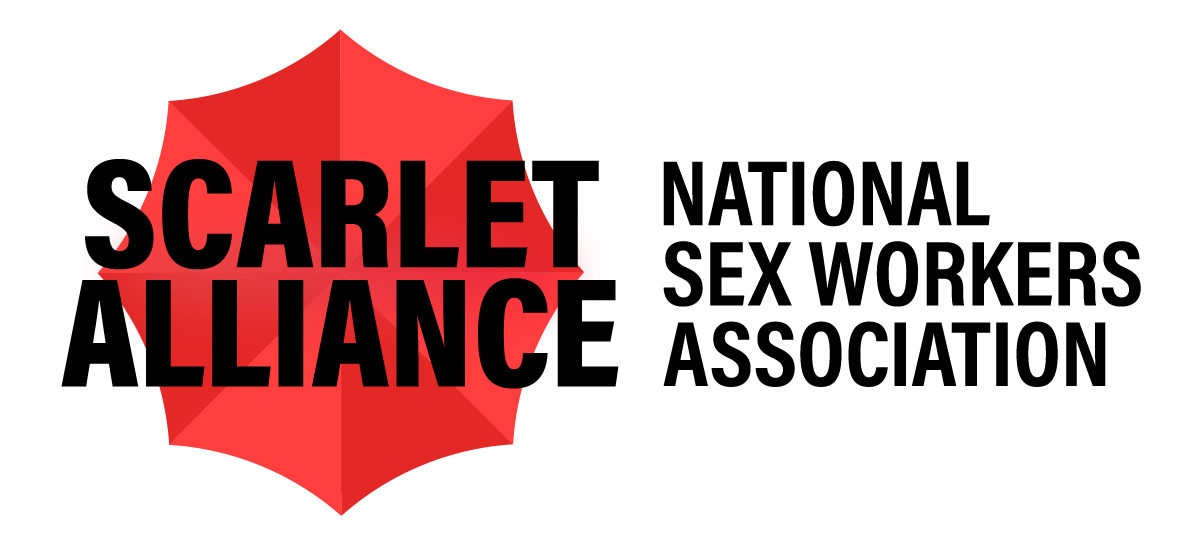This post is also available in:
![]() 简体中文 (Chinese (Simplified))
简体中文 (Chinese (Simplified)) ![]() ไทย (Thai)
ไทย (Thai) ![]() 한국어 (Korean)
한국어 (Korean)
Molluscum contagiosum (MC) is a common, generally harmless skin infection caused by the molluscum contagiosum virus. The virus causes small, smooth, round, pearly lumps with a central core. Molluscum contagiosum is not an STI, but can be transmitted through both sexual and non-sexual skin-to-skin contact. It is more common in children but can affect people of any age. The infection usually goes away by itself, but treatment can shorten the length of symptoms.
You can get molluscum contagiosum anywhere on the body including the face, neck, arms, legs, abdomen, and genital area. Lumps can appear alone or in groups. They are rarely found on the palms of the hands or the soles of the feet.
Signs and Symptoms
If you get symptoms of an MC infection, they will usually appear within 1 week to 6 months of exposure. The average is 2-3 months. Most of the time, MC heals without treatment, but some people experience complications, including impetigo (skin infection that develops after scratching the lesions) or conjunctivitis (which may develop if lesions occur on the eyelid).
Skin
MC may cause small lumps or lesions (around 1–5 mm in diameter) to appear on the skin, usually on the thighs, genitals and abdominal area. It is rare to find MC on the palms of the hands or the soles of the feet.
The lesions:
- are painless but may be slightly itchy
- look like waxy pimples
- often have a dimple in the middle
- can be a single lump or in groups
- may release cheesy, infectious material when squeezed
Transmission
MC is transmitted through skin-to-skin contact with the affected area. This can include any type of skin-to-skin contact, including sexual contact.
You can also spread the infection around your body by scratching, especially in areas where the skin is broken. Occasionally, molluscum contagiosum can be spread by bath or pool water or by touching objects that have the virus on them, such as sex toys, towels, clothing or bedding.
MC is infectious as long as the lumps are present, which can be for several months.
Prevention
Molluscum contagiosum is contracted through skin-to-skin touching. So the best way to prevent it is to avoid skin-to-skin contact with visible lesions on someone who has molluscum contagiosum.
Condoms, gloves and dams provide limited protection from molluscum contagiosum because the virus may be on parts of the body that the barriers do not cover.
Avoid touching or sharing clothes, towels, sex toys, and other objects with people you think might be or know are infected.
If you notice growths on yourself or your partner, you may want to avoid skin-to-skin contact with others until you get treated or until the lumps go away on their own. When it comes to MC lumps on genitals, treatment is strongly recommended, since the bumps can take a long time to clear up.
Testing
Here’s some information about testing for molluscum contagiosum. You can view a list of sex worker-friendly sexual health clinics at our Where To Test page.
Testing Method
- There is no test for MC. It is just diagnosed by the appearance of the bumps/lesions.
When to Test
- If you notice any unusual skin lesions, it is recommended that you see your doctor or sexual health clinic for an accurate diagnosis.
Other Info
- MC can be mistaken for genital warts or pimples. Familiarise yourself with both to distinguish these during a client health check.
- If you have MC symptoms, your doctor or nurse may recommend tests to rule out other STI.
- You may have to pay to see the doctor, or you may be bulk billed.
- Sexual health clinic services are usually free, even if you don’t have access to Medicare.
Treatment
Molluscum contagiosum usually goes away on its own, but this can take up to two years. During that time, symptoms may come and go. Treatment can shorten the infection length, decreasing the risk of passing it on to others.
Here’s what you need to know about treating it.
Treatment Method/s
- Lesions are usually treated with liquid nitrogen, which freezes them. This helps reduce the length of time that symptoms are present.
- Liquid nitrogen treatment is cosmetic and not a cure, as the virus remains on the skin until your immune system clears it.
Costs and Other Information
- People with suppressed immune systems may take longer to recover from MC.
- Sexual partners of a person with MC do not need treatment if they have no lesions/lumps on their body.
- Sexual health clinic treatments are often bulk billed, even if you don’t have Medicare, so the treatment may be free.
- If you see a GP, you may pay a fee or be bulk billed.
- MC is curable, but you do not develop any immunity. It is possible to get another molluscum contagiosum infection.
How might this impact my work?
Practical Considerations
- MC can be passed between you and your clients via skin-to-skin contact. Use barriers or offer alternative services if you notice symptoms on yourself or your client and are concerned about transmission.
- Treatment may be the best option, as the bumps can take a long time to clear up.
- You should inform any recent doubles partners if you discover you have MC.




